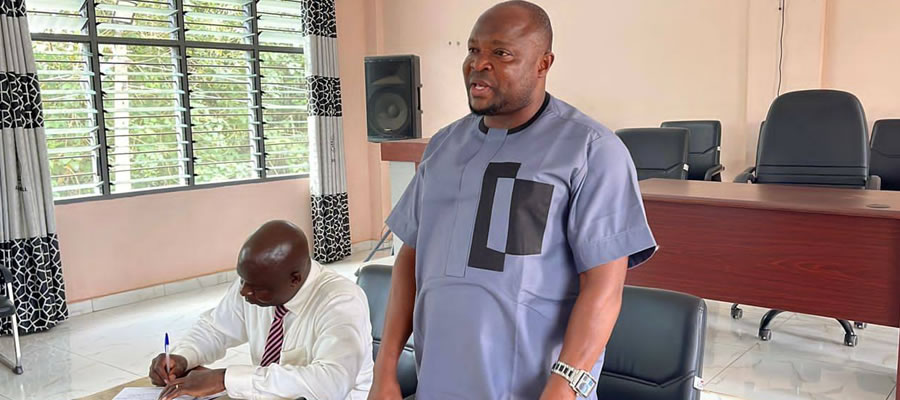

Water Security
A greater proportion (50.8%) of the household use Bore-hole/Pump/Tube well as their main source of drinking water. Furthermore, households also derive their drinking water from River/Stream (16.0%) and protected well (15.3%). These followed Bore-hole/Pump/Tube well in highest order. Only few of the households have access to pipe-borne water inside dwelling unit(0.8%) and outside dwelling unit (4.2%).
The 2010 Census information also indicates that, 4.3 percent of households drink from Unprotected well and 0.1 percent drinks from unprotected spring and Dugout/Pond/Lake/Dam/Canal each. Whereas a higher proportion of the town households use Protected well (37.7%) as their main source of drinking water, the rural households derive their main source of drinking water mainly from Bore-hole/Pump/Tube well (54.7%).
Sources of Water
The potential of ground water in the district is enormous and therefore the current water treatment system is projected to operate up to 2025. There are also streams, rain water harvesting and hand-dug wells. These sources are however not hygienic due to the current farming methods. i.e. use of weedicides and fertilizer applications.
Water security is dependent on the capacity of a population to safe guard a sustainable access to adequate quantities of, and acceptable quality of water for sustaining livelihood, human well-being and socio-economic development’
Sanitation
The sizeable number of household using one form of toilet facility or the other represents about 98.8 percent of the entire households in the district. The proportion of the household population that use public toilet (about 51.6%) is the highest compared to the national average of 34.6 percent and regional proportion of 43.3 percent. 6.2 percent however does not have access to any toilet facility and therefore resort to the use of bush, field. The proportion of household in the rural locality with no access to toilet facility (6.2%), and those with pit latrine (34.3%) and public toilet facilities (52.9%) are relatively higher compared to those for Town locality ( 6.1%, 20.6% and 46.0% respectively).
Natural and Man-made Disaster
The District is prone to disasters such as bush fires, domestic fires, flooding, and rain/wind storm. Each year, between January and April, bush fire becomes rampant due to the start of new farming season. The hills opposite Nyankomase are occasionally engulfed in wild fires leading to fire-outbreak, which destroy farms and other flora. The actual cause is not yet scientifically known. But it has been widely explained that the fire emanates from the rocks on the hill, which ignite when rolling stones rub one another.
Date Created : 1/31/2019 5:07:08 AM












 facebook
facebook
 twitter
twitter
 Youtube
Youtube
 +233 593 831 280
+233 593 831 280 0800 430 430
0800 430 430 GPS: GE-231-4383
GPS: GE-231-4383 info@ghanadistricts.com
info@ghanadistricts.com Box GP1044, Accra, Ghana
Box GP1044, Accra, Ghana